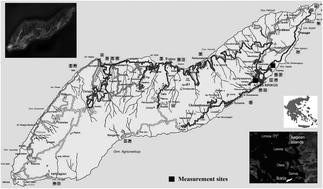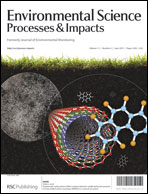Dosimetry modelling of transient radon and progeny concentration peaks: results from in situ measurements in Ikaria spas, Greece
Abstract
Radon and progeny (218Po, 214Pb, 214Bi and 214Po) are radioactive indoor pollutants recognised for the human radiation burden that they induce. Bathing in thermal spas causes transient concentration peaks of radon and progeny and additional short-term impact in patients and personnel. This paper reports a semi-empirical non-linear first order model for describing radon and progeny variations in treatment rooms of the Ikaria spas. Non-measured physical parameters were estimated from in situ measurements in Ikaria through non-linear numerical solving. Exposure and dose variations were additionally modelled. Attachment rate constants were found to be between 0.44 and 55 h−1. Deposition rate constants were between 0.28 and 7.3 h−1 for attached nuclei and 0.42 and 64 h−1 for unattached nuclei. Unattached progeny peaks were right-shifted compared to those of radon. Modelled effective doses ranged between 0.001 mSv per year and 0.589 mSv per year for patients and between 0.001 mSv per year and 18.9 mSv per year for workers. Apollon spas presented quite high doses. These were the highest reported in Greece and are significant worldwide.


 Please wait while we load your content...
Please wait while we load your content...